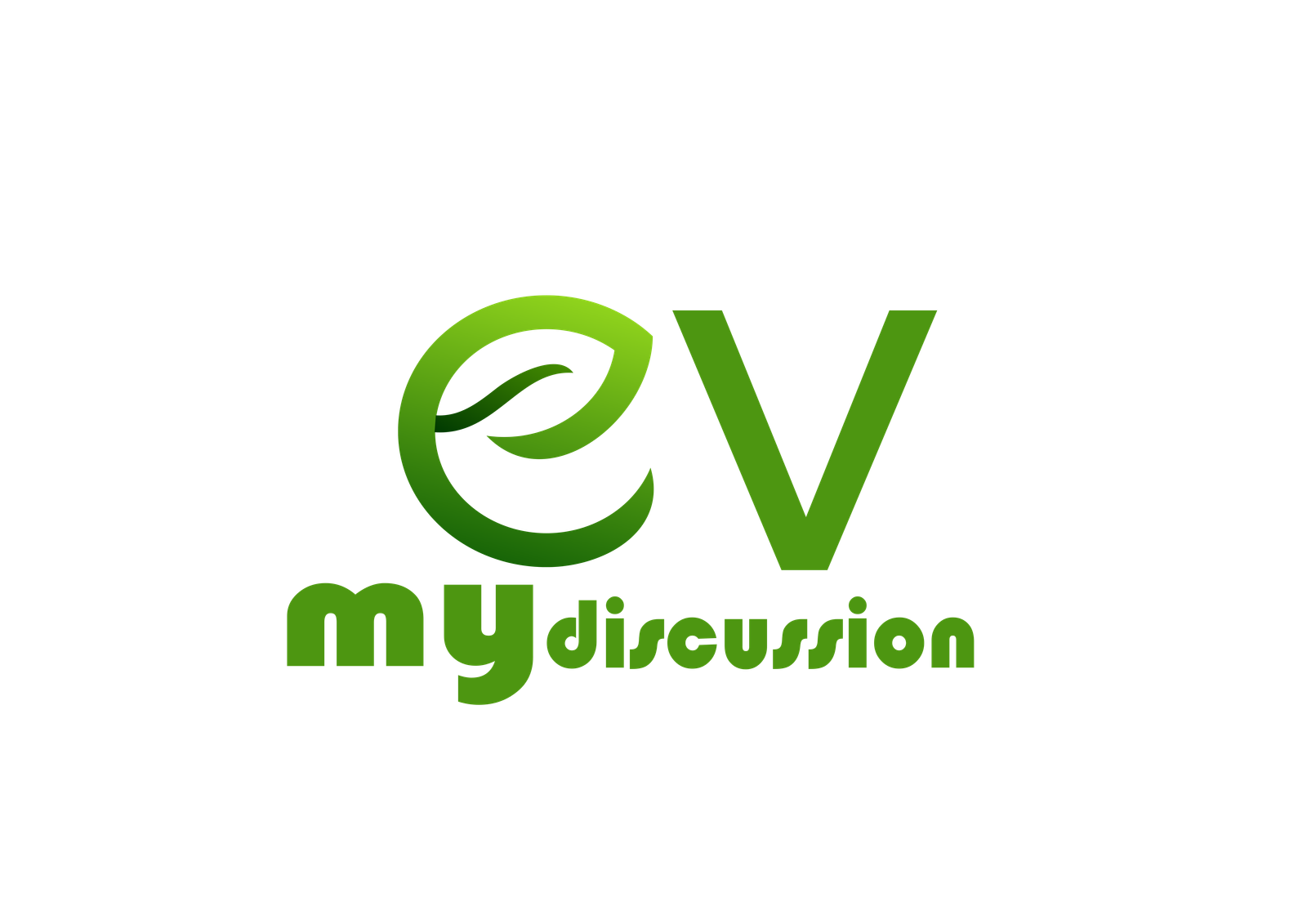George
Member
Here’s a detailed comparison of some of Australia’s best premium mid-size dual-cab 4x4 utes in their hybrid or most advanced trims for 2024. These utes are compared across categories like comfort, safety, towing, off-road capability, and ownership costs.

1. Ford Ranger Hybrid
- Comfort & Convenience: The Ranger Hybrid offers a spacious cabin with premium materials in higher trims like the Wildtrak and Platinum. Features include a 12-inch vertical touchscreen with SYNC 4A, wireless Apple CarPlay/Android Auto, dual-zone climate control, and active noise cancellation.
- Safety: Equipped with a suite of advanced safety tech, including AEB with pedestrian and cyclist detection, adaptive cruise control, lane-keeping assist, and a 360-degree camera.
- Towing: Class-leading towing capacity of 3,500 kg (braked). Hybrid power adds more low-end torque, making it ideal for heavy towing.
- Off-Road: Electronic rear differential lock, Trail Control (off-road cruise control), and selectable terrain modes. Its hybrid engine provides instant torque, which is a plus for challenging terrains.
- Cost of Ownership: Estimated $1,200–$1,500/year for servicing. Hybrid tech slightly reduces fuel consumption, with a combined figure of about 7.8 L/100 km.
- On the Road: Smooth and refined, thanks to its hybrid powertrain. The Ranger handles well with its electric torque, offering impressive acceleration and overtaking ability.
2. Isuzu D-Max Hybrid
- Comfort & Convenience: The D-Max has practical interiors with comfortable seating. While the higher trims add leather upholstery and an upgraded infotainment system, it lacks the polish of its rivals in the segment.
- Safety: Offers excellent safety tech, including blind-spot monitoring, rear cross-traffic alert, AEB, and a multi-collision braking system.
- Towing: Maintains a 3,500 kg towing capacity, with good torque delivery from its hybrid setup for hauling heavy loads.
- Off-Road: Terrain Command system with low-range gearing and an off-road mode ensures great capability. However, the suspension is tuned for utility, making it a bit stiff on rougher trails.
- Cost of Ownership: Lower servicing costs at around $1,000–$1,200/year. Fuel economy is about 7.5 L/100 km.
- On the Road: Reliable and rugged, though not as refined or quiet as competitors. It shines in practicality and durability over outright comfort.
3. Mazda BT-50 Hybrid
- Comfort & Convenience: Built on the same platform as the D-Max but with a more refined interior. Premium trims include soft leather seats, an 8-speaker sound system, and a 9-inch infotainment system with Apple CarPlay/Android Auto.
- Safety: Matches the D-Max in safety features, as both share the same ADAS suite.
- Towing: 3,500 kg towing capacity, with good hybrid torque for heavy loads. Its chassis ensures stability when towing.
- Off-Road: Similar off-road performance as the D-Max, but with slightly better on-road handling. Off-road modes and locking rear differential make it capable in tough terrain.
- Cost of Ownership: Slightly higher service costs at around $1,200–$1,400/year, with similar fuel consumption of 7.5–8 L/100 km.
- On the Road: More car-like in driving experience than the D-Max, with a smoother ride and less cabin noise.

4. Mitsubishi Triton Hybrid
- Comfort & Convenience: Redesigned for 2024, the Triton offers a more spacious cabin with better materials and a larger infotainment system. However, it's less luxurious than the Ranger or Amarok.
- Safety: Upgraded safety features include adaptive cruise control, lane-keeping assist, and rear cross-traffic alert.
- Towing: Also offers 3,500 kg towing capacity, but the hybrid setup struggles slightly compared to others when towing near the maximum limit.
- Off-Road: Excellent capability with Super Select II 4WD, rear diff lock, and off-road drive modes. Compact dimensions make it nimble in tight trails.
- Cost of Ownership: Budget-friendly servicing at $900–$1,100/year, with hybrid fuel economy around 7.2 L/100 km.
- On the Road: A solid performer for the price but lacks the refinement of the Ranger and Amarok. The hybrid powertrain feels adequate but not standout.
5. Volkswagen Amarok Hybrid
- Comfort & Convenience: Premium interior with European design touches. Features include a 12-inch infotainment screen, leather seats, and ambient lighting. Higher trims rival luxury SUVs in terms of finish.
- Safety: Advanced safety systems like AEB, adaptive cruise control, and rear cross-traffic alert. It also features multi-collision braking and lane assist.
- Towing: 3,500 kg towing capacity with excellent stability and hybrid torque for smooth hauling.
- Off-Road: Permanent 4MOTION all-wheel drive and selectable off-road modes make it one of the most capable. High ground clearance is a bonus.
- Cost of Ownership: Higher maintenance costs at around $1,500–$1,700/year, with fuel economy around 8.0–8.5 L/100 km.
- On the Road: The hybrid system provides smooth power delivery, and the suspension absorbs bumps well, offering a comfortable drive for long distances.
Verdict
- Best Overall (All-Rounder): Ford Ranger Hybrid
Excellent blend of comfort, capability, and refinement. Ideal for those seeking premium features and strong off-road/towing performance. - Best Value for Money: Mitsubishi Triton Hybrid
Offers great off-road capability and towing performance at a lower price point, with affordable ownership costs. - Most Premium: Volkswagen Amarok Hybrid
Luxury interior and strong off-road/towing credentials make it a top choice for buyers prioritizing style and comfort. - Most Durable: Isuzu D-Max Hybrid
Known for its reliability and durability, it’s ideal for those who value function over form. - Smoothest Ride: Mazda BT-50 Hybrid
Combines rugged performance with car-like comfort for a versatile experience.
